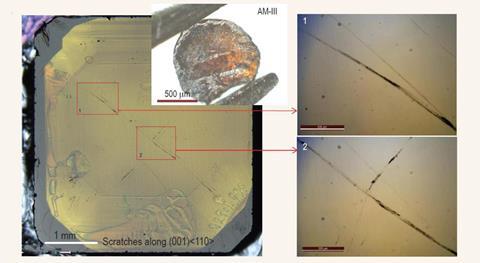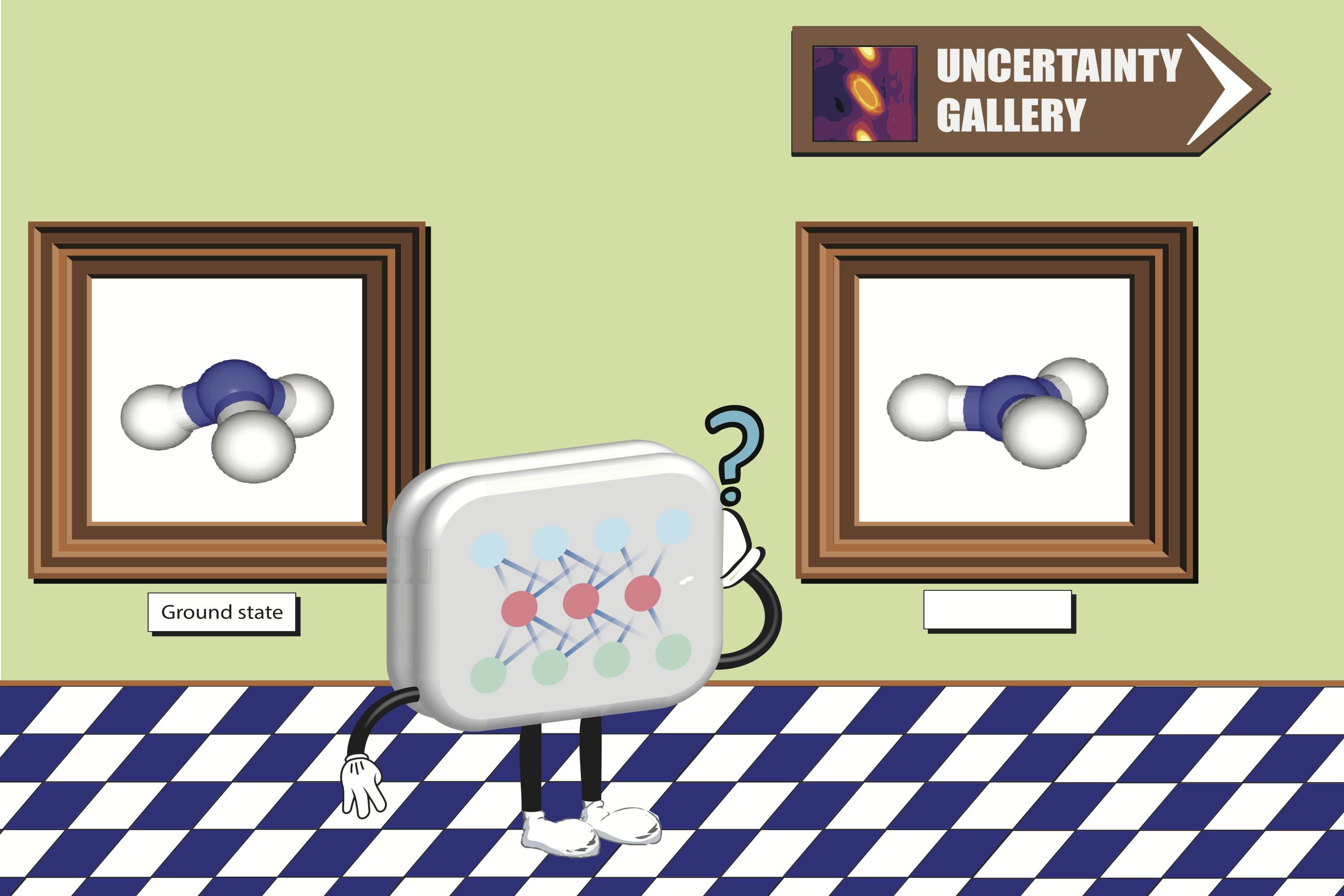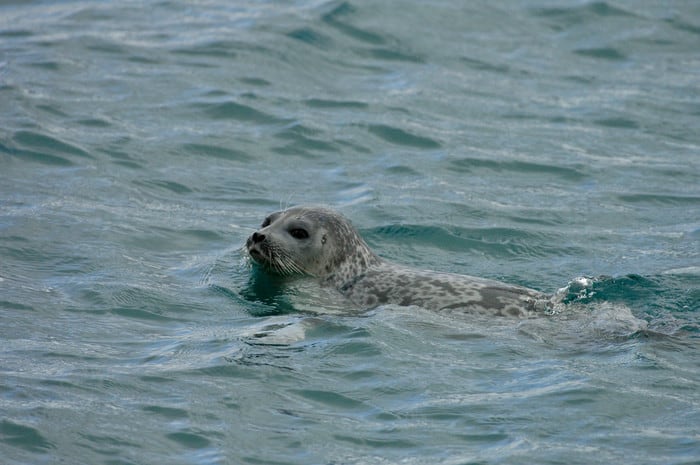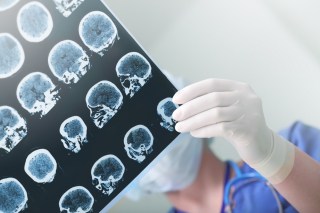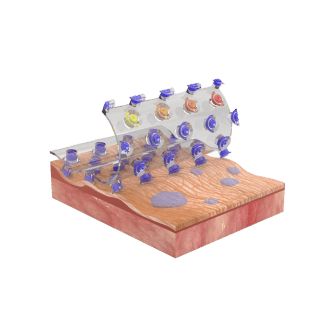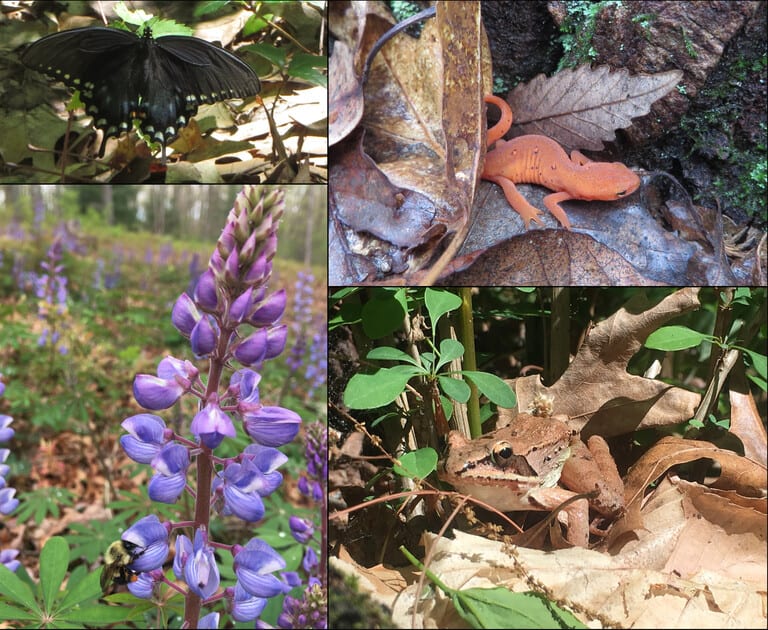Applying high temperatures and pressure to buckminsterfullerene C60 produces amorphous carbon materials with a compressive strength similar to diamond, scientists have found. Amorphous materials have no long-range order and can be made by compressing sp2 carbon precursors. Under ambient conditions, C60 remains stable at pressure up to 25GPa. But at temperatures above 800˚C it compresses […]
Read More